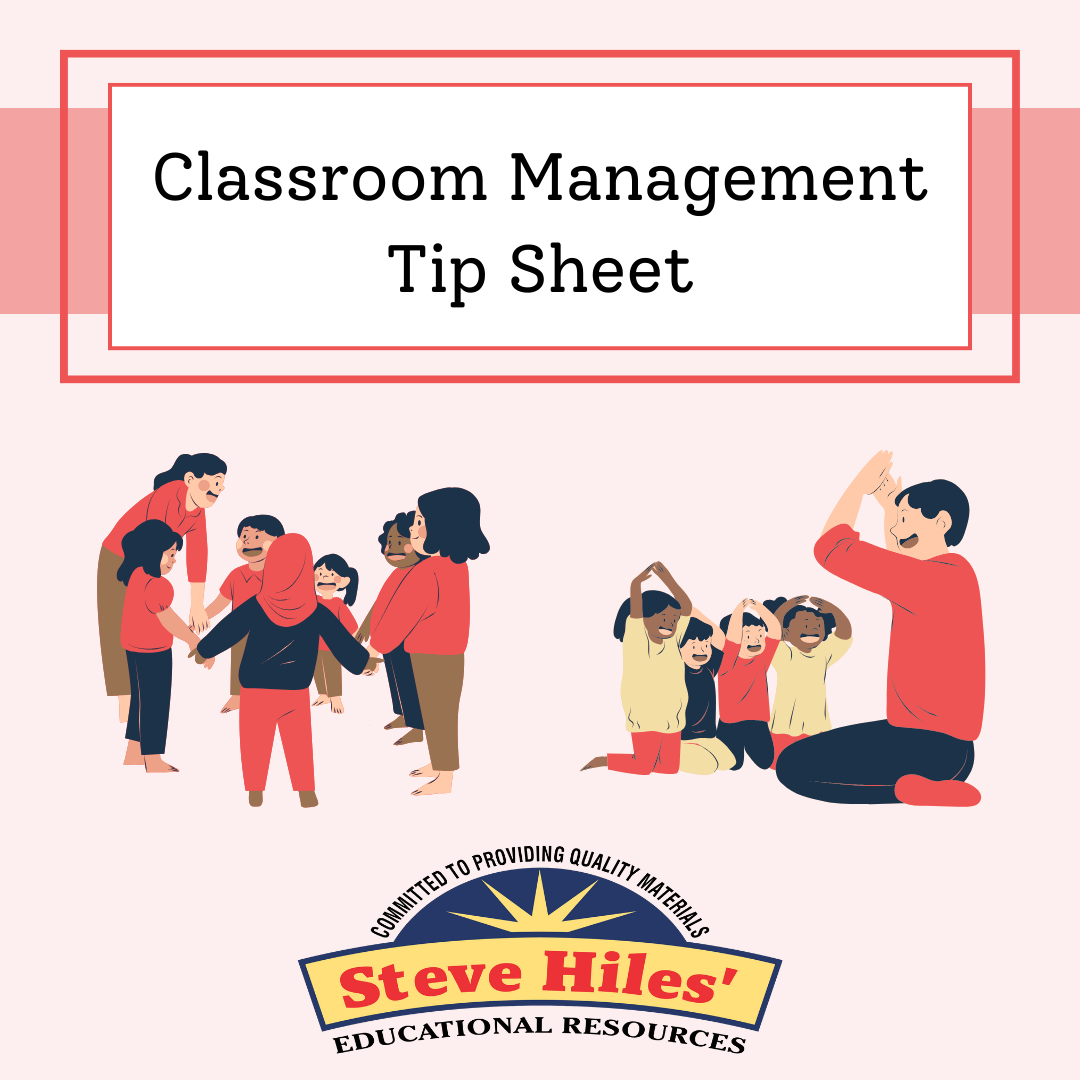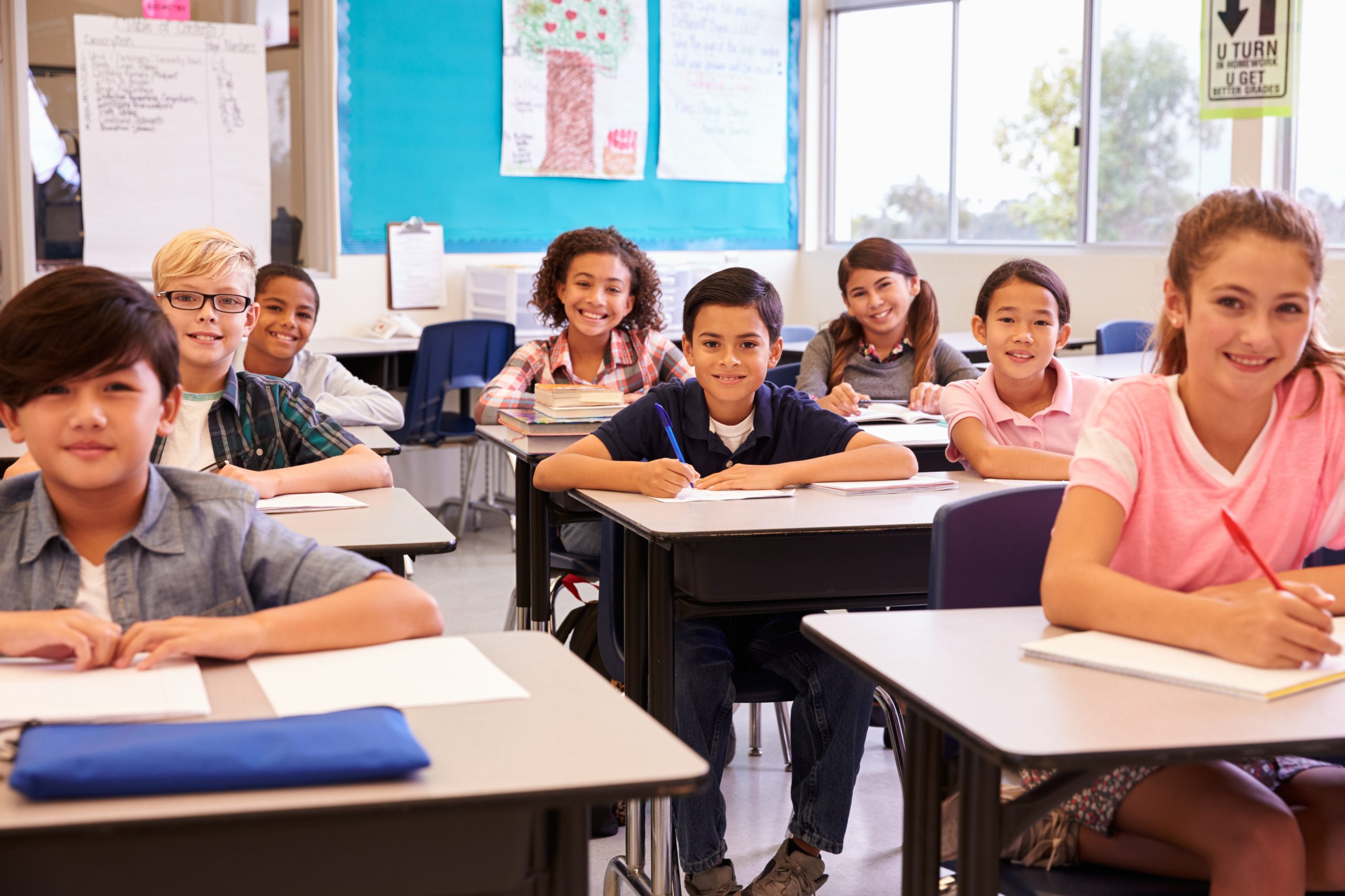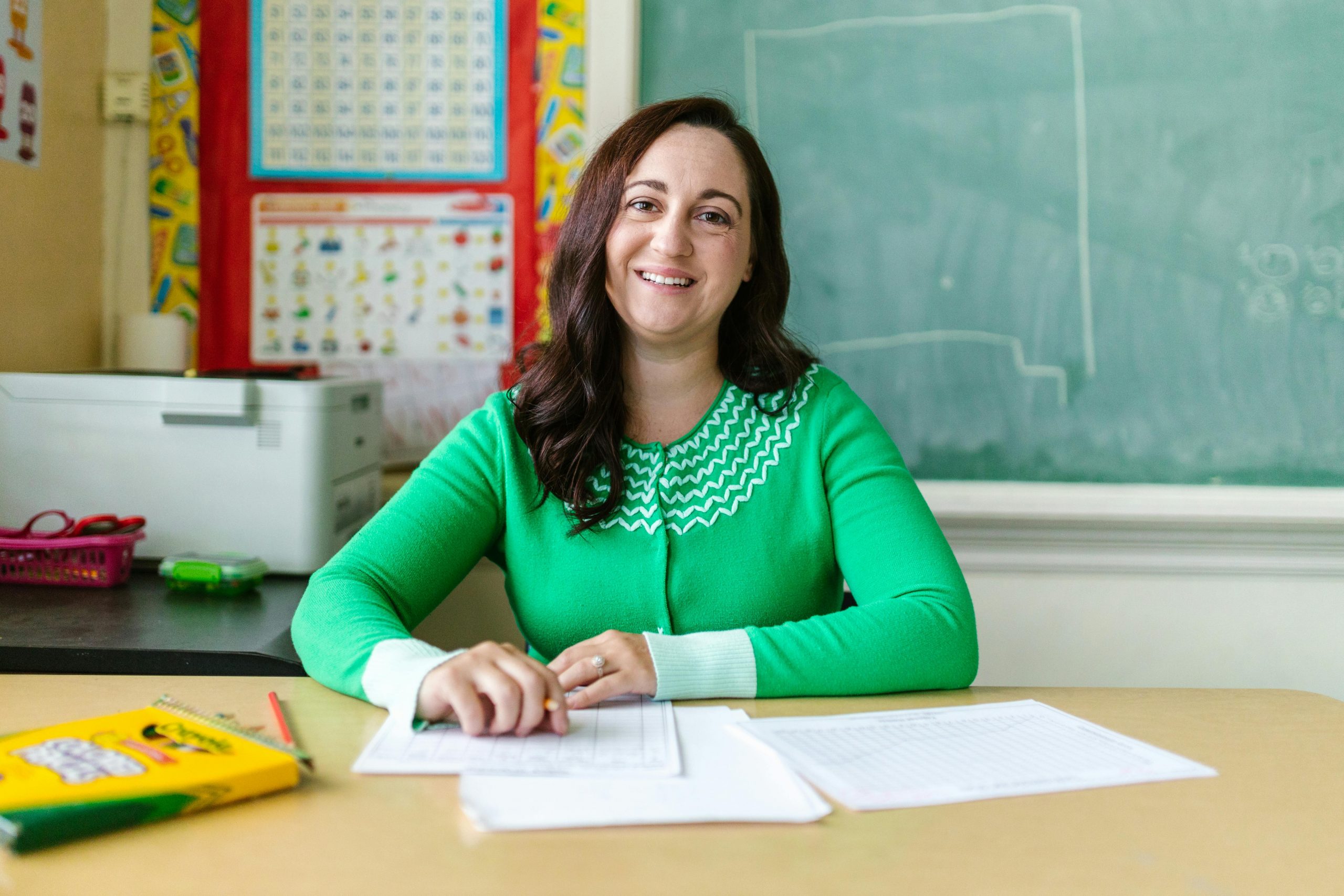Navigating anger within the classroom is a universal challenge for educators. The reasons behind a student’s anger can vary widely, ranging from academic struggles to personal issues. As educators, it’s vital to be equipped with strategies that can de-escalate tensions and create a positive learning environment.
Table of Contents
ToggleUNDERSTANDING THE ROOT CAUSE
To effectively manage an angry student, it’s crucial to delve into the root causes of their anger. Academic challenges, peer conflicts, family issues, or internal struggles can all contribute to heightened emotions.
Let’s take a closer look at academic challenges. A student who consistently struggles with a particular subject may feel frustrated and powerless, leading to an outburst. By identifying these challenges early on, educators can tailor their teaching approach, offer additional support, and help the student build confidence.
EMPATHY AND ACTIVE LISTENING
Empathy and active listening form the foundation of effective communication and conflict resolution. These skills are instrumental in creating an environment where students feel heard and understood.
Empathy involves more than just acknowledging the student’s feelings; it requires educators to step into the student’s shoes and understand the world from their perspective. Active listening, meanwhile, is an art that involves not only hearing words but also paying attention to body language and nuances in tone.
Practical Tips
Here are some nuanced tips for incorporating empathy and active listening into your teaching practice:
- Body Language: Pay attention to both verbal and non-verbal cues. Sometimes, what isn’t said speaks volumes.
- Reflective Responses: Instead of immediately providing solutions reflect on what the student has expressed. This shows that you are genuinely engaged in the conversation.
- Cultural Sensitivity: Be mindful of cultural differences that may influence communication styles. Understanding cultural nuances enhances your ability to connect with students.
DE-ESCALATION STRATEGIES
Host: When tensions run high, having effective de-escalation strategies is crucial. These techniques can help bring a student back to a calmer state.
De-escalation involves understanding the triggers and providing tools for the student to regain control. For example, if a student is overwhelmed, suggesting a short break or a calming activity can be beneficial. However, it’s important to tailor these strategies to individual preferences.
Practical Tips
Dive deeper into de-escalation with these practical tips:
- Personalized Strategies: Work with the student to develop personalized de-escalation strategies. This could include listening to music, taking a walk, or engaging in a calming activity.
- Preventive Measures: Identify patterns of behavior and work on preventive measures. Are there specific situations or subjects that consistently trigger anger? Addressing these proactively can prevent escalation.
- Consistent Boundaries: Establish and communicate clear boundaries. Students often find security in consistent expectations, and knowing the boundaries helps them navigate their emotions more effectively.
COMMUNICATION AND COLLABORATION
Effective communication is the cornerstone of a positive classroom environment. It not only involves conveying information but also fostering collaboration between educators, students, and parents.
Open lines of communication extend beyond the classroom. Collaborative efforts between teachers, students, and parents can create a support system that addresses issues before they intensify. Regular check-ins and transparent communication build trust and a sense of community.
Practical Tips
Take your communication skills to the next level with these practical tips:
- Parent-Teacher Collaboration: Regularly communicate with parents, sharing insights into a student’s progress and any concerns. This collaborative approach ensures a united front in supporting the student.
- Peer Mediation: Encourage students to engage in peer mediation. Sometimes, conflicts can be resolved more effectively when students work together to find solutions.
- Student Involvement: Involve students in decision-making processes related to classroom rules and expectations. When students feel a sense of ownership, they are more likely to adhere to guidelines and contribute positively to the classroom environment.
It’s clear that a nuanced understanding of the root causes, coupled with empathy, active listening, and strategic communication, is essential in creating a supportive learning environment.
Remember, teaching is not just about imparting knowledge; it’s about understanding and guiding individuals!









